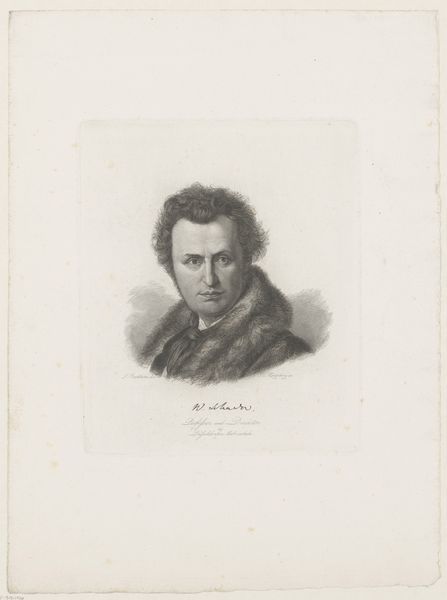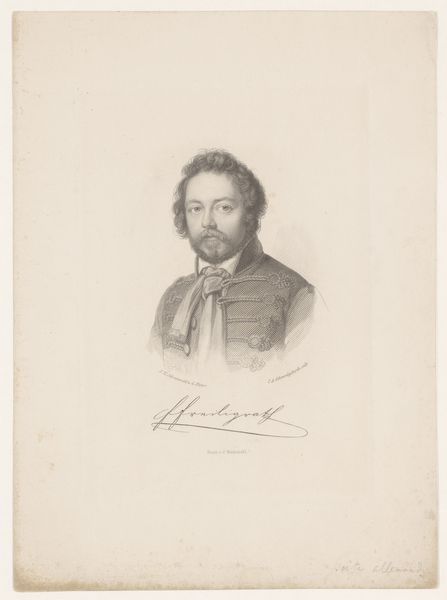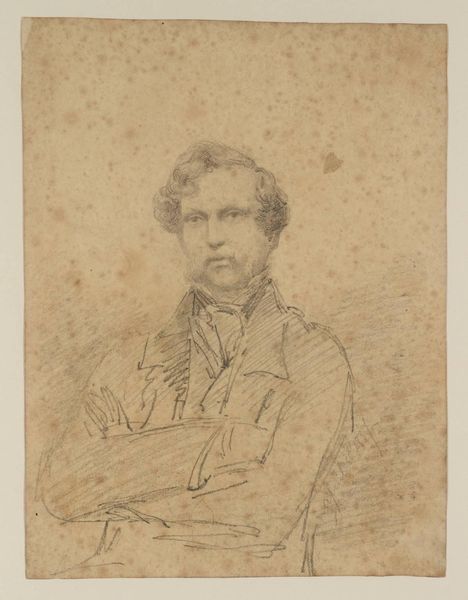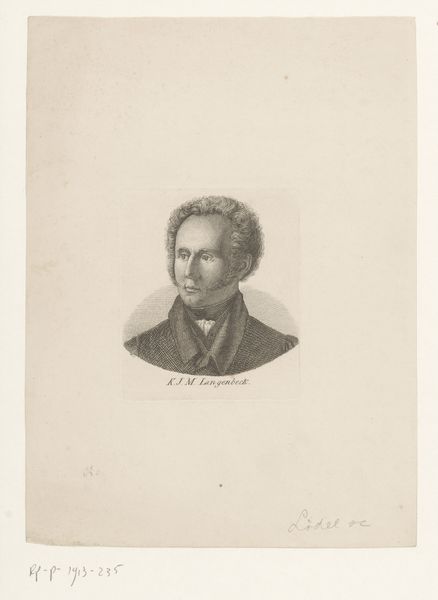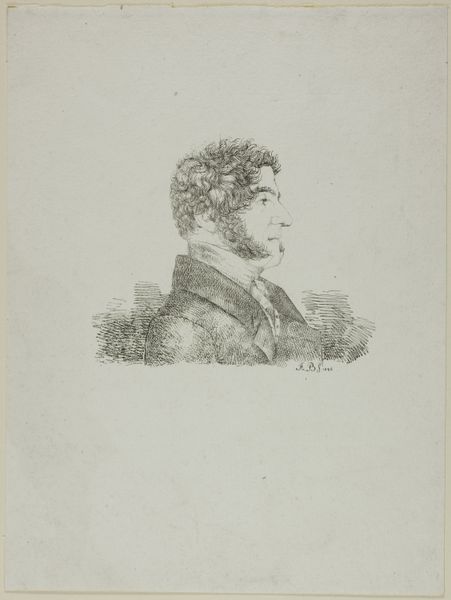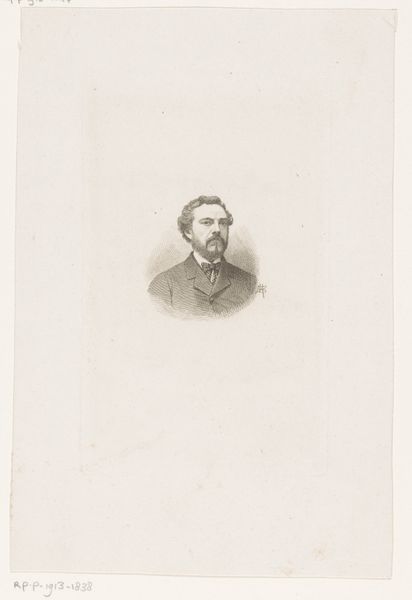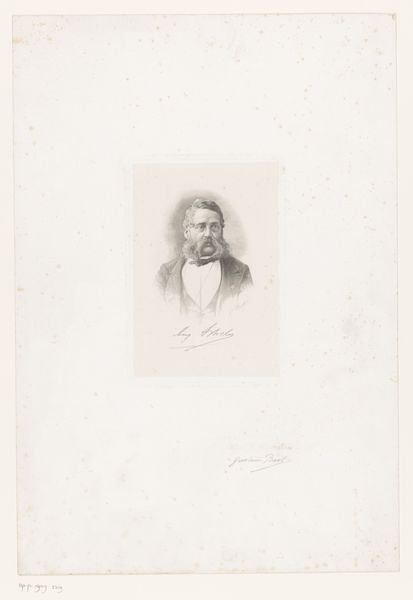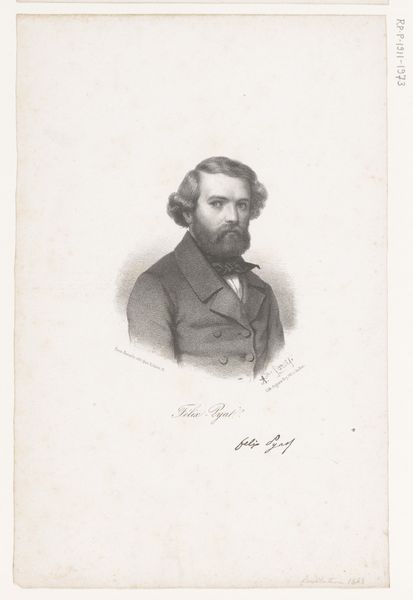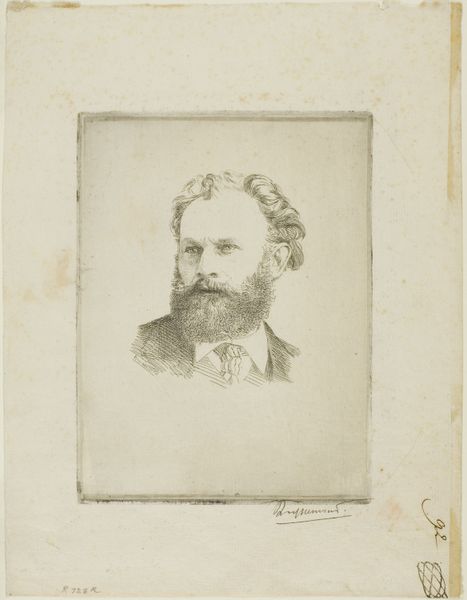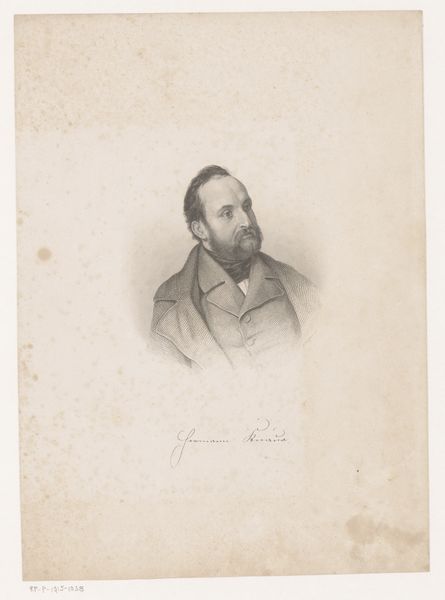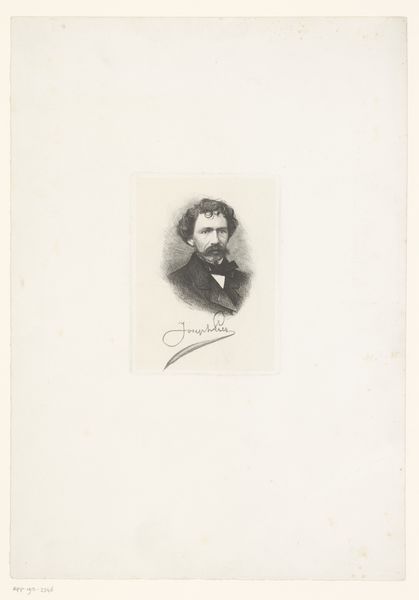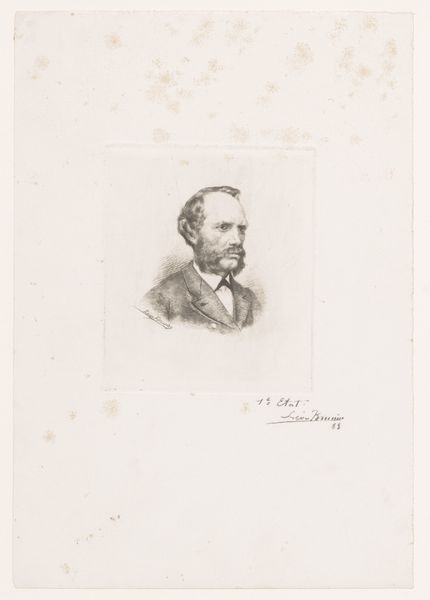
drawing, pencil, graphite
#
portrait
#
drawing
#
pencil sketch
#
pencil
#
graphite
#
pencil work
#
academic-art
#
realism
Dimensions: height 158 mm, width 121 mm
Copyright: Rijks Museum: Open Domain
Curator: This is Piet Verhaert’s 1885 drawing, "Portret van Joseph Lies," executed in pencil and graphite. Editor: Striking. The level of detail, achieved simply with pencil, gives it such a delicate, yet authoritative presence. It really captures something of the sitter's personality, doesn’t it? Curator: Indeed. And looking at the materials themselves, graphite allows for such a nuanced range of tones. We see Verhaert carefully building up layers, suggesting form through subtle gradations of light and shadow. The paper itself becomes crucial, its texture playing a part in how the graphite adheres. Editor: Right, think about the academic context here. Portraiture was undergoing huge shifts, photography challenged its traditional role. This drawing presents itself almost as a form of...resistance, insisting on the value of skilled handcraft. This isn’t just any likeness; it's about showcasing a particular level of mastery. It subtly upholds academic conventions, particularly in portraying an important figure within the Antwerp art scene. Curator: Exactly. Think of the intense labour involved in creating such detail with something as simple as a pencil. Also, academic training dictated not just subject, but also how materials should be treated to elicit a specific emotional and social response in the viewer. The artist uses those expectations, while still grounding it in direct observation. Editor: It really underlines the institutional structures and hierarchies inherent in art at the time, who had access to such materials and who could afford to commission portraits like these? This piece, like any artwork, functioned within networks of patronage and power, influencing how identities were visually represented. It reflects an Antwerp artistic culture grappling with evolving notions of artistic skill and social status. Curator: Yes, tracing those connections from material origins to social function is really what informs my analysis of this piece. The subtle gradations from the graphite, combined with the texture of the paper—it creates the work we see today. Editor: And when displayed in public spaces like ours, museums continue that process, shaping and mediating how these images communicate across different historical and social contexts. Makes one think doesn’t it, about value both then and now?
Comments
No comments
Be the first to comment and join the conversation on the ultimate creative platform.
